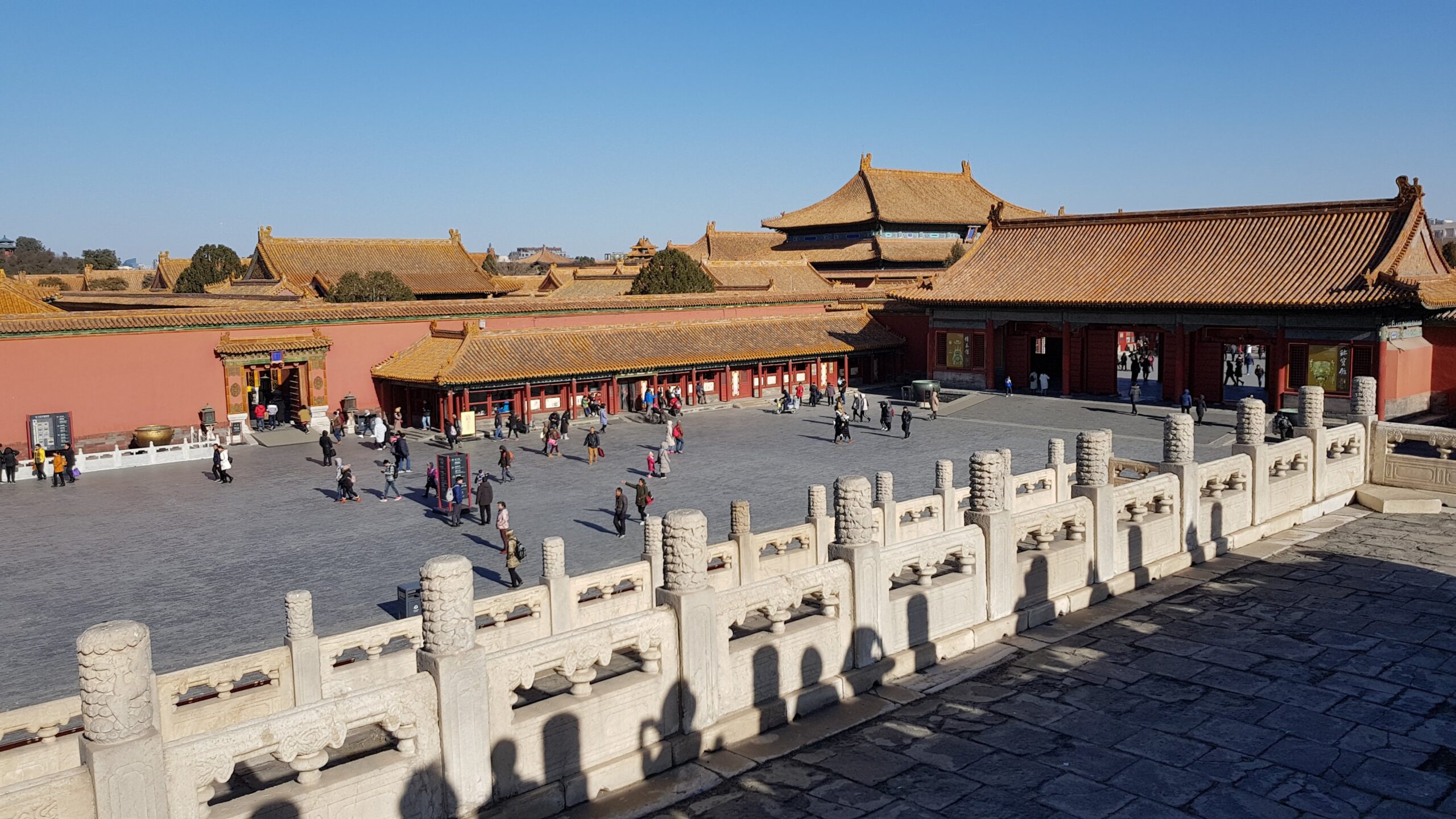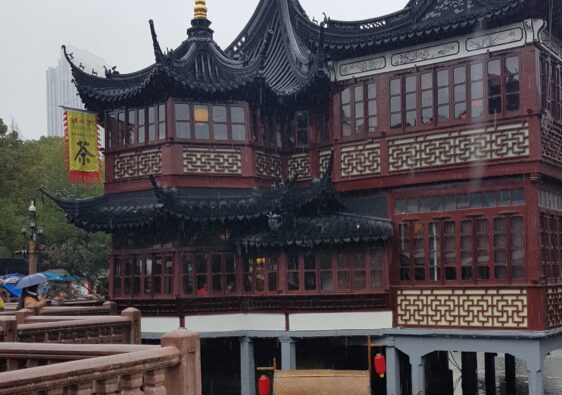A Culinary Expedition Across China
Hey there, fellow travelers! This blog post is a treat for all you food enthusiasts out there. Today, we’re setting course for a remarkable culinary journey through China. With its centuries-old traditions and diverse regional influences, Chinese cuisine offers a food-journey like no other! Join us as we take you through a list of some regional favorites, everything you need to know about Chinese desserts and the tradition of Chinese tea, concluding with some fun facts about Chinese cuisine. So, grab those chopsticks and get ready to dive into the heart and soul of Chinese culinary delights. Let the culinary expedition begin!
Exploring The Heart of Chinese Dining:
Especially dinner holds a special signifance in Chinese cuisine. It’s not just about satisfying hunger; it’s a time for bonding, sharing stories, and building connections. What sets Chinese dining apart is the tradition of ordering an array of dishes, each boasting its unique tase and texture. As these creations make their way to the table, they find their place on a turnable plate known as the “Lazy Susan”, forming a beautiful table full of colors and aromas. The act of sharing takes center stage here, a reflection of a culture that values togetherness, heritage, and the joy of savoring the artistry that is food.
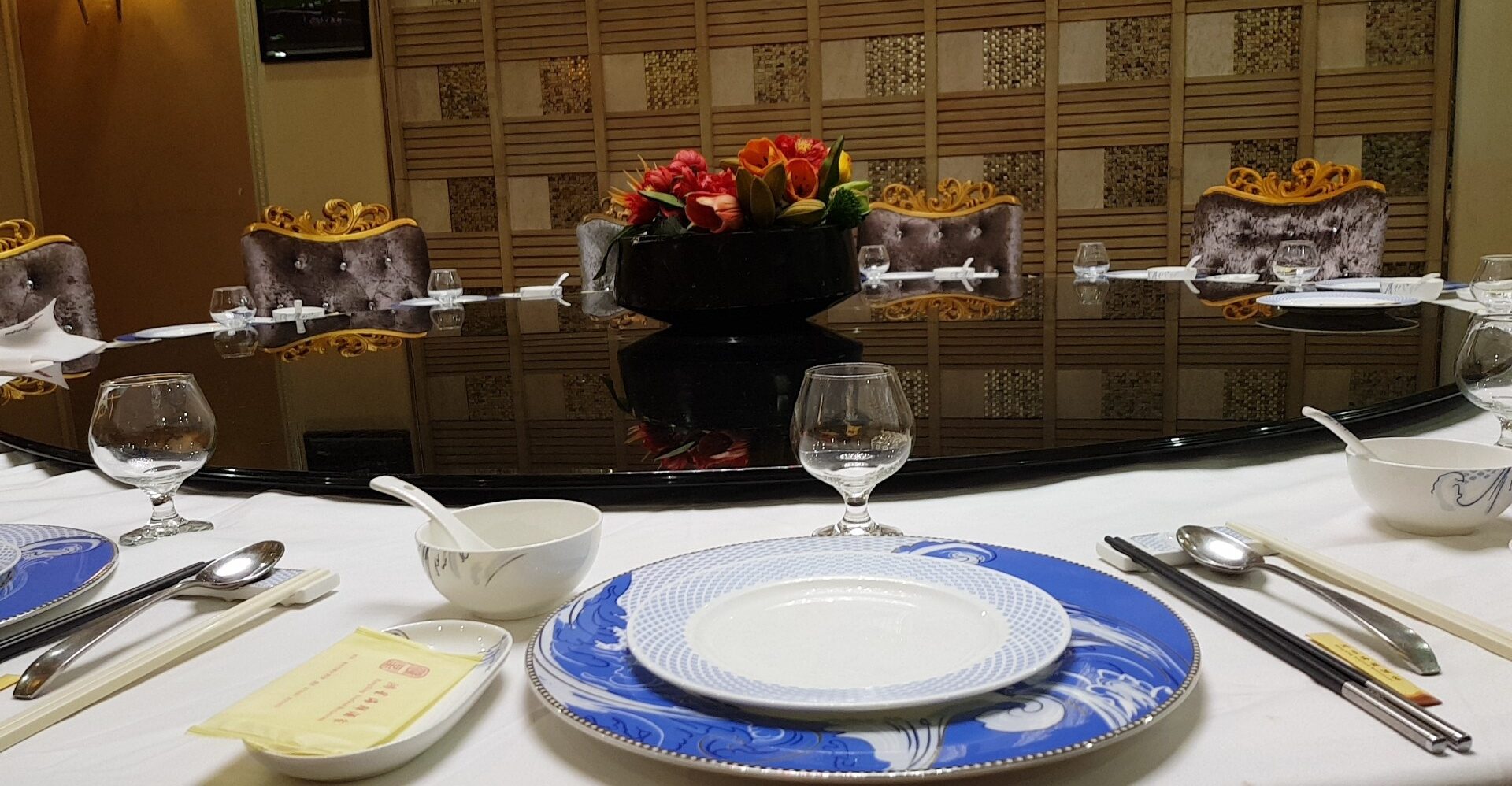
A Palette of Regional Flavors:
Every region in China has its own variety of flavors that will impress your taste buds. From the bustling streets of Beijing in the north, to the serene villages surrounding Guangzhou in the south, we tried a lot of China’s culinary richness and want to bring you a taste of these delicous offerings:
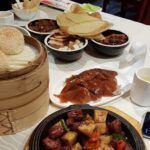
1. Beijing Duck (北京烤鸭) – A Popular Beijing Dish As we traveled to Beijing, we couldn’t skip the iconic Beijing Duck at Quanjude Restaurant. The symphony of flavors that emerges from the crispy skin, tender meat, and delicate pancakes is simply sensational. To eat it the traditional way, spread hoisin sauce on a pancake, add duck slices, scallions, and cucumber, and then roll it up (with your hands). This is an experience that definitely must be on your Chinese food bucket-list!
Looking for a hotel in Beijing? Find one here!
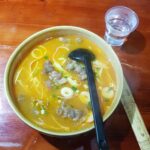
2. Malatang (麻辣烫) – Spice Infusion From Sichuan Malatang offers a customizable hot pot experience, allowing you to handpick ingredients, from different types of meat to a great variety of vegetables, all cooked in a very spicy Sichuan broth. A word of caution – this dish can be fiery hot for some people! While Chengdu’s Malatang Lao Ma is known for the best, we tried some exceptional Malatangs in other Chinese cities.
Looking for a hotel in Chengdu? Find one here!
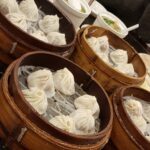
3. Xiaolongbao (小笼包) – A Shanghai Sensation Shanghai welcomed us with its iconic skyline and irresistible Xiaolongbao. These delicate soup dumplings are a reflection to the artistry of Chinese cuisine. The magic lies within a harmonious blend of meat, rich broth, and aromatics that envelop with every bite. A bite-sized delight that marries texture, tase, and technique, xiaolongbao embodies the heart and soul of Shanghai’s culinary prowess.
Looking for a hotel in Shanghai? Find one here!
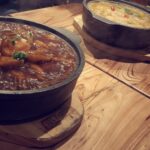
4. Hot Pot (火锅) – Chongqing’s Fiery Experience This hot pot experience involves dipping an array of raw ingredients – from meats to vegetables and noodles – into a bubbling pot of simmering broth. Across China, each hot pot experience offers its own blend of flavors and spices, reflecting the regional diversity. However, for those seeking the traditional hot pot encounter, a visit to Chongqing is a must (as we were told). It’s not just about the meal; it’s a shared joy of gathering around the pot with loved ones.
Looking for a hotel in Chongqing? Find one here!
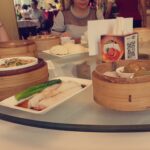
5. Dim Sum (点心) – Guangzhou’s Culinary Treasure Originating in Southern China, Dim Sum is a culinary tradition including an array of bit-sized delights that have captured hearts worldwide. Served in bamboo steamers, these small dishes include a wide spectrum of flavors and textures – from delicate dumplings to savory buns and flavorful rolls. To truly experience the essence of Dim Sum, head to Guangzhou’s vibrant tea houses, with Yum Cha serving up some of the best. Often associated with breakfast or brunch, Dim Sum is a culinary journey in the Guangdong province.
Looking for a hotel in Guangzhou? Find one here!
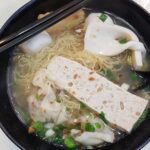
6. Wonton Soup (雲吞湯) – A Pan-China Delicacy This dish, cherished in various corners of China, offers a slice of tradition in every slurp. The wontons, filled with incredibale flavors, float in a comforting broth. Whether you’re on the bustling streets of Guangzhou or the vibrant alleys of Shanghai, Wonton Soup warmts the heart and feeds the soul.
7. Char Siu (叉燒) – Hong Kong’s Deliciousness As we walked into the streets of Hong Kong, our taste buds embraced the flavors of Char Siu, a culinary masterpiece that resonates at the heart of Chinese cuisine. Also known as BBQ pork (or Babi Pangang in the Netherlands but way better), Char Siu is a celebration of tender, marinated pork in a sauce that dances between sweet and savory notes. Our journey led us to renowned eateries like Joy Hing Roasted Meat, where rows of caramelized Char Siu grabbed our attention.
Looking for a hotel in Hong Kong? Find one here!

8. Songshu Guiyu (松鼠桂鱼) – Loïs’ Personal Favorite Picture a whole crispy fish adorned in a sweet and sour sauce, enjoyed with a bowl of rice. Known as Squirrel Fish due to its creative presentation, this dish captures flavors from the Sichuan province. It’s a must-try when you set foot in China.
The Enchanting World of Chinese Desserts:
Amidst the savory wonders of Chinese cuisine, don’t overlook the enchanting world of Chinese desserts. Dive into Tangyuan, delicious rice balls filled with delights that range from sweet red bean paste to nutty sesame. Embrace the artistry of Mooncakes, treats that grace the mid-autumn festival with their beautiful designs and rich fillings. Chinese desserts are a perfect blend of culture and taste – from the comforting warmth of rice puddings to the refreshing allure of almond tofu. Don’t miss out on Egg Tarts (蛋挞 – Dan Ta), Sesame Balls (碌䭔- Jian Dui), Sweet Rice Cakes (年糕 – Nian Gao), and Fried Milk (炸奶油 – Zha Nai You) – each bite unveils centuries-old culinary intelligence.
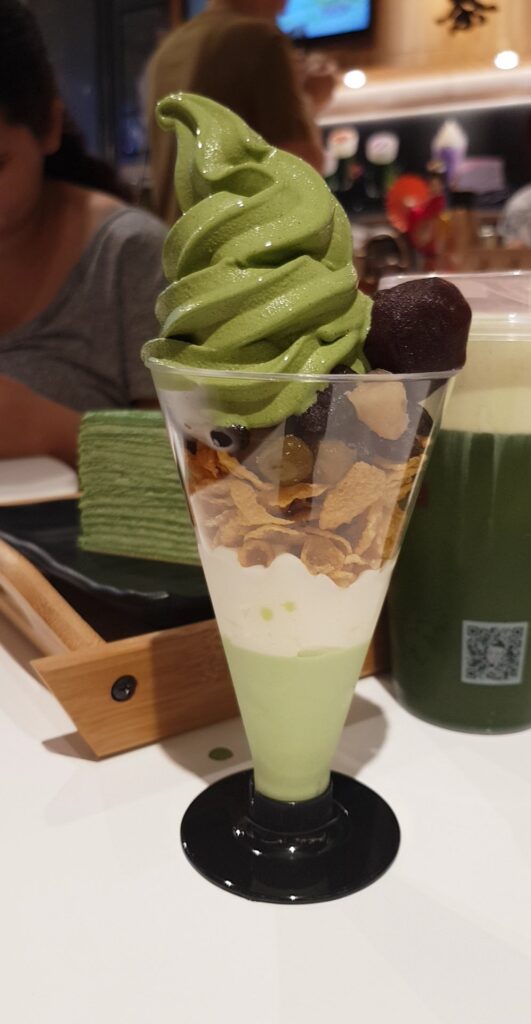
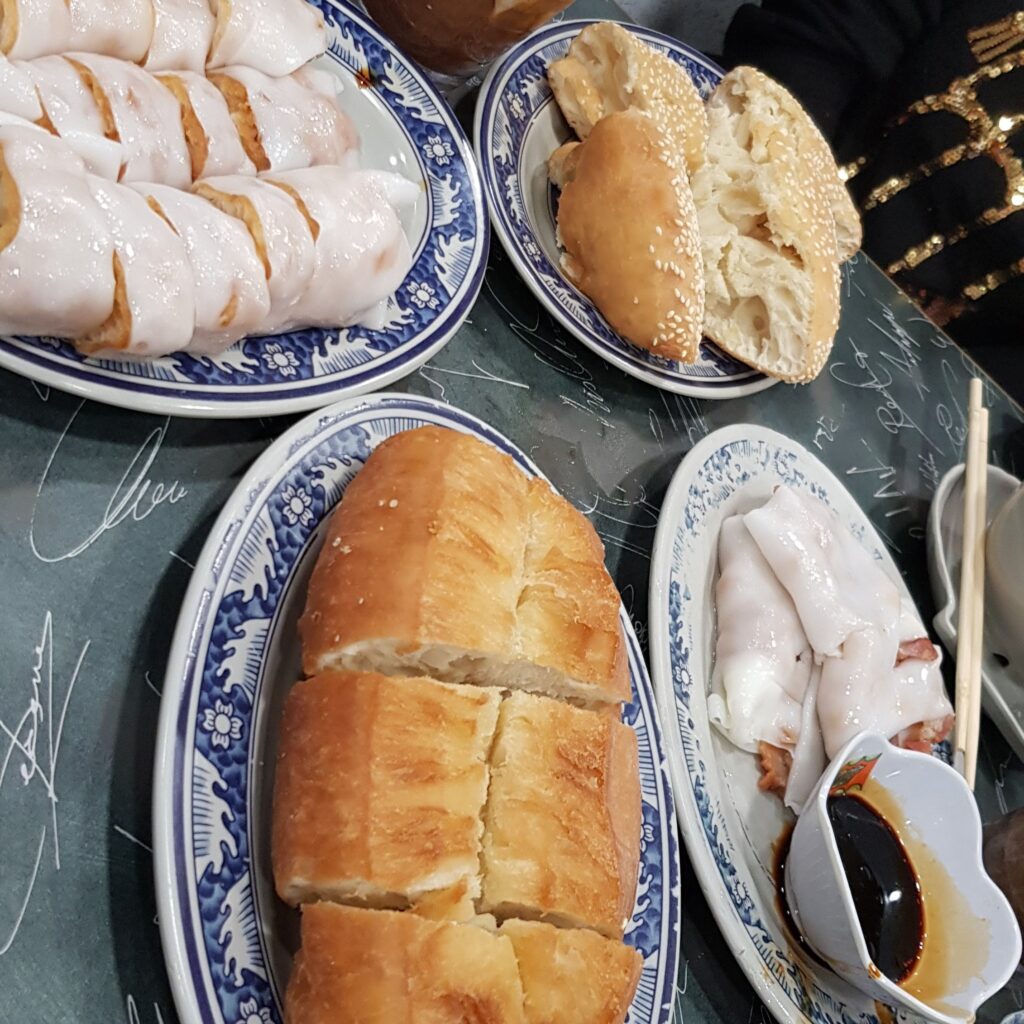
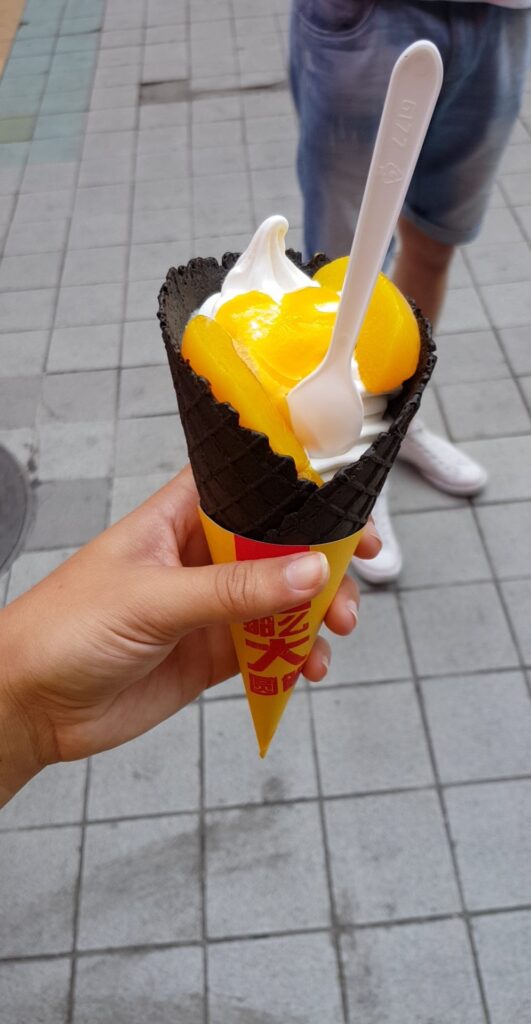
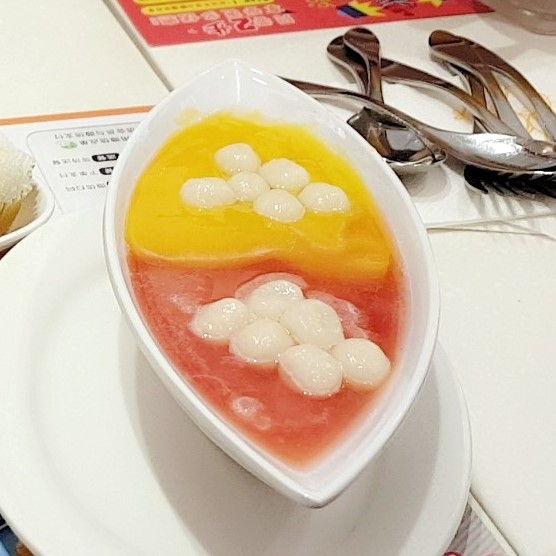
The Symphony of Chinese Tea (茶):
But, the journey doesn’t stop at food alone. The realm of Chinese tea offers an additional exploration of flavors, traditions, and cultural nuances that stretch back over thousands of years. From the fragrant elegance of traditional tea ceremonies to the playful fizz of bubble teas, Chinese tea offers a new dimension of exploration deeply connected with the country’s rich history.
The art of brewing and enjoying tea unfolds like a story, with each variety narrating its unique story – whether it’s the floral dance of Jasmine Tea or the robust depth of Pu-erh. For centuries, tea has been a symbol of hospitality, friendship, and culture, playing a vital role in diplomatic exchanges and social gatherings. Its significance in China dates back to the Tang dynasty, when it was introduced as a medicinal drink. However, it was during the Song dynasty that tea blossomed into a widely embraced beverage, with various methods of cultivation, processing, and preparation being refined.
The story of Chinese tea wouldn’t be complete without mentioning the modern innovation of bubble tea. Hailing from Taiwan, bubble tea emerged in the 1980s as a delightful departure from traditional tea preparations. This innovative drink – becoming a beloved and popular drink on international scale – combines brewed tea with milk or fruit flavors, crowned with chewy tapioca pearls. With its origins just a few decades ago, bubble tea represents the fusion of traditional tea brewery and contemporary taste preferences.
Whether as a companion to meals, a centerpiece of traditional ceremonies, or as a refreshment on warm days, Chinese tea invites us to sip our way through a symphony of aromas, flavors, and traditions that have evolved over centuries. Just as Chinese cuisine reflects the country’s diverse regions and cultural tapestry, tea too has woven itself into the fabric of China’s past, present, and future. During your culinary expedition across China, consider participating in the time-honored tradition of a Chinese tea ceremony. Here you can witness the careful choreography of a tea master as they prepare and present each cup is a celebration of the ancient art of tea, very interesting!
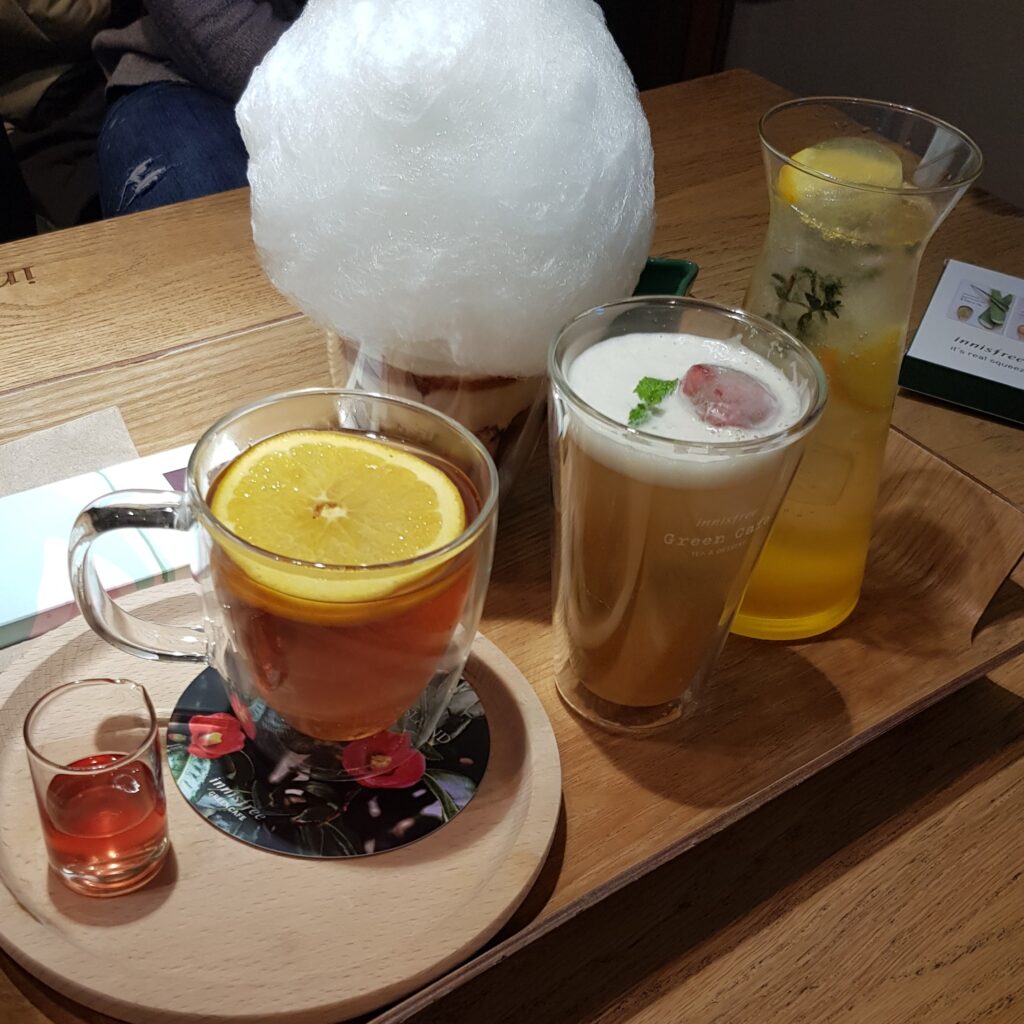
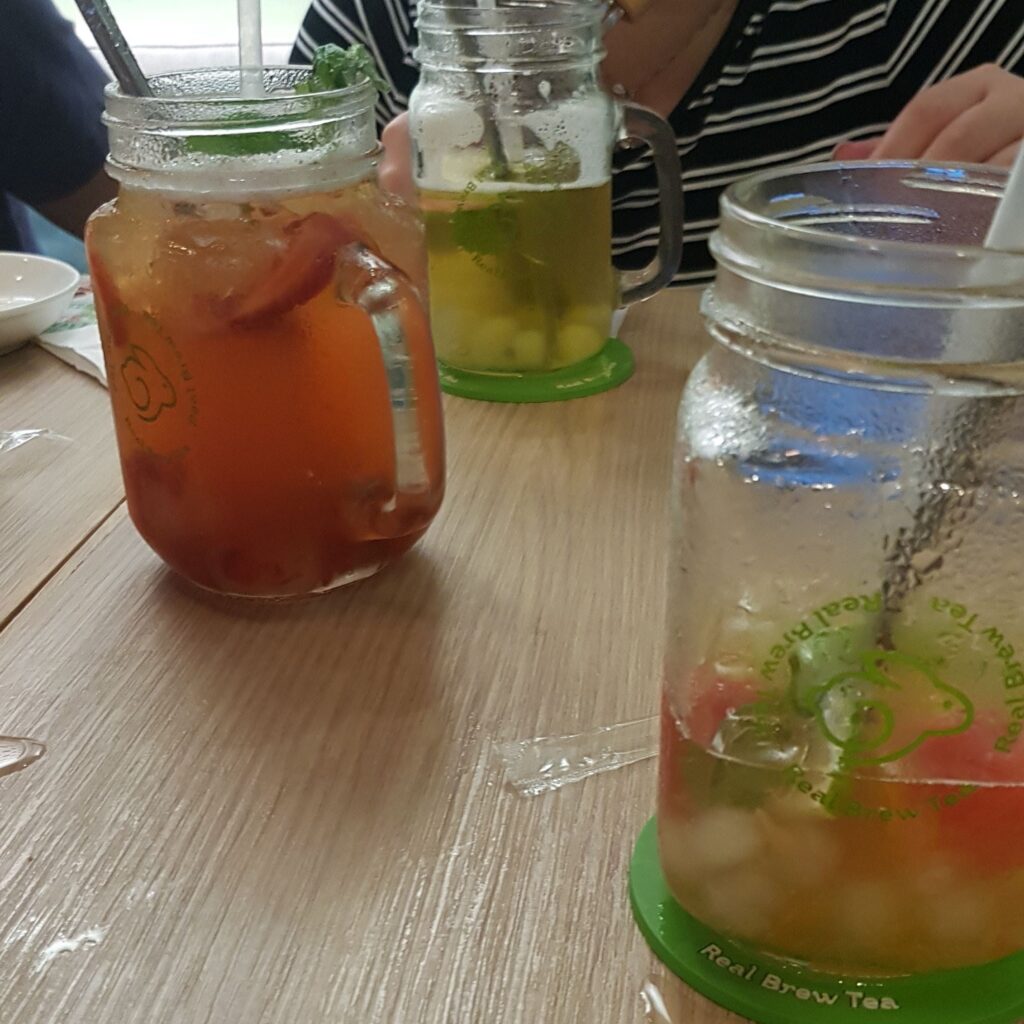
Some Fascinating Facts About Chinese Cuisine:
Let’s wrap up our culinary expedition with some food facts that highlight the cultural significance of Chinese cuisine:
- Did you know that the beloved fortune cookie, often associated with Chinese restaurants, was actually invented in San Fancisco, USA?
- The use of chopsticks, prevalent for thousands of years in China, embodies a philosophy of balance and harmony in every meal, much like the cocept of Yin and Yang.
- During birthdays and celebrations, Longevity Noodles (伊面 – Yi Mian) are often enjoyed as they symbolize a long life, traditionally eaten without cutting or breaking.
- The frequent use of red beans in Chinese desserts is rooted in their symbolism of luck and happiness.
- The inspiration for sushi, a Japanese delicacy, is believed to have come from Chinese workers who packed cooked rice, fish, and other ingredients as a portable lunch in the fields.
- In Chinese culture, the gesture of “ganbei”, meaning “bottoms up” in Mandarin, is a customary way of toasting during gatherings. It involves emptying your glass in a single sip, a gesture of camaraderie and respect that often leads to lively cheers and laughter.
And when it comes to Chinese dining etiquette, here’s another fun fact: It’s customary to pour tea for others before yourself, a sign of respect and consideration. Additionally, be mindful not to simultaneously turn the Lazy Susan at the center of the table, as it’s believed to bring bad luck. These nuances reflect the web of customs that accompany Chinese culinary experiences.
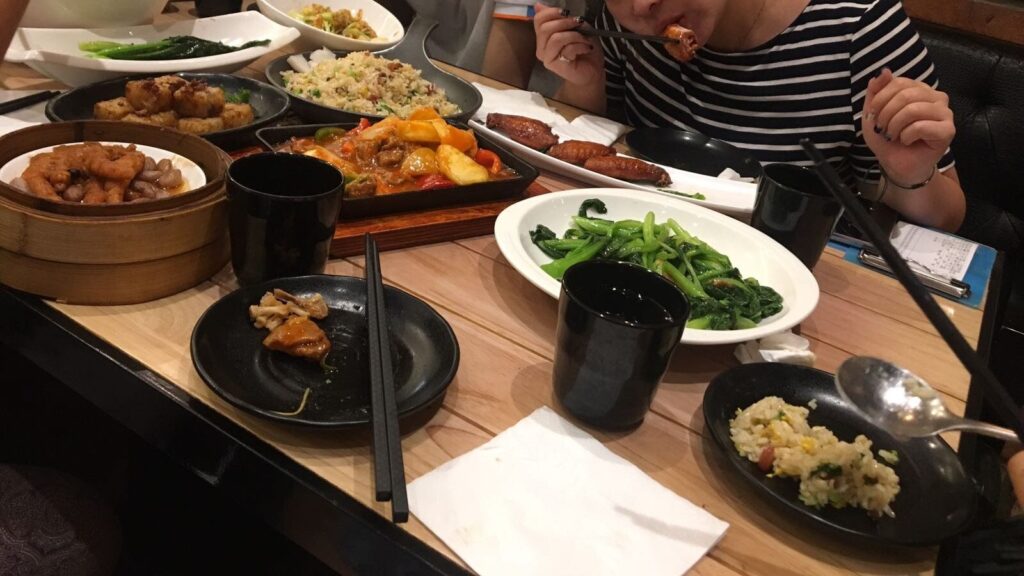
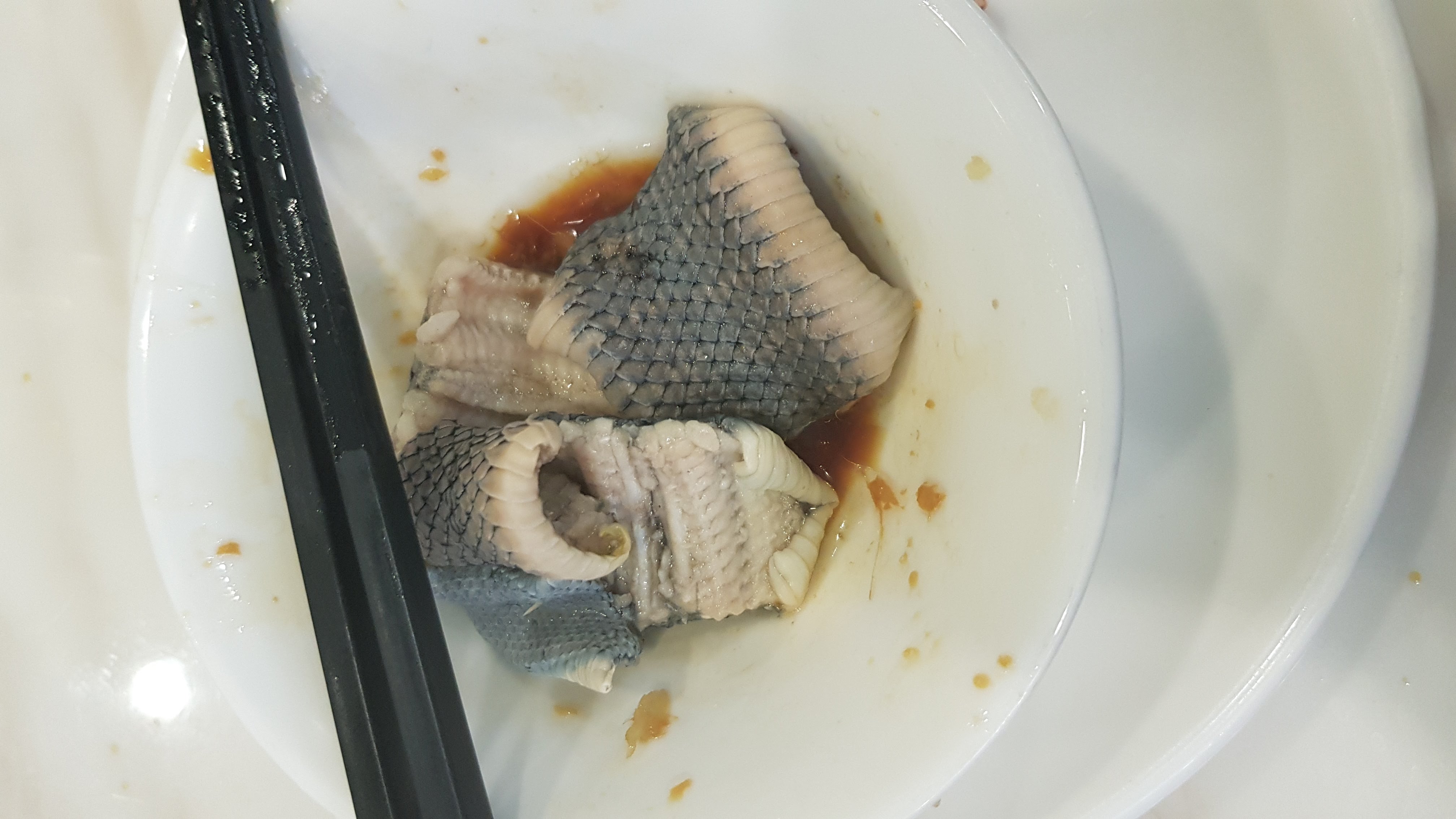
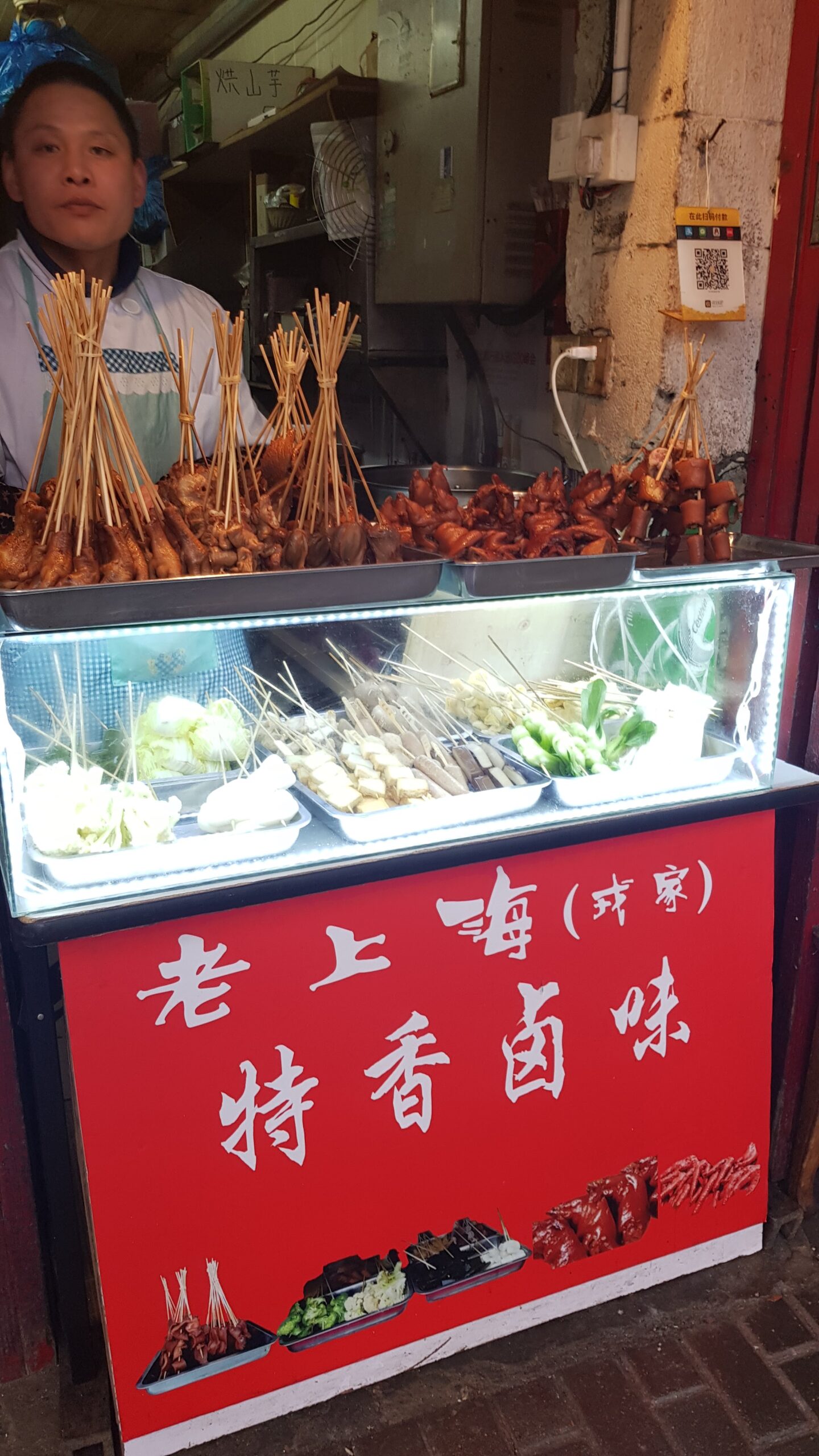
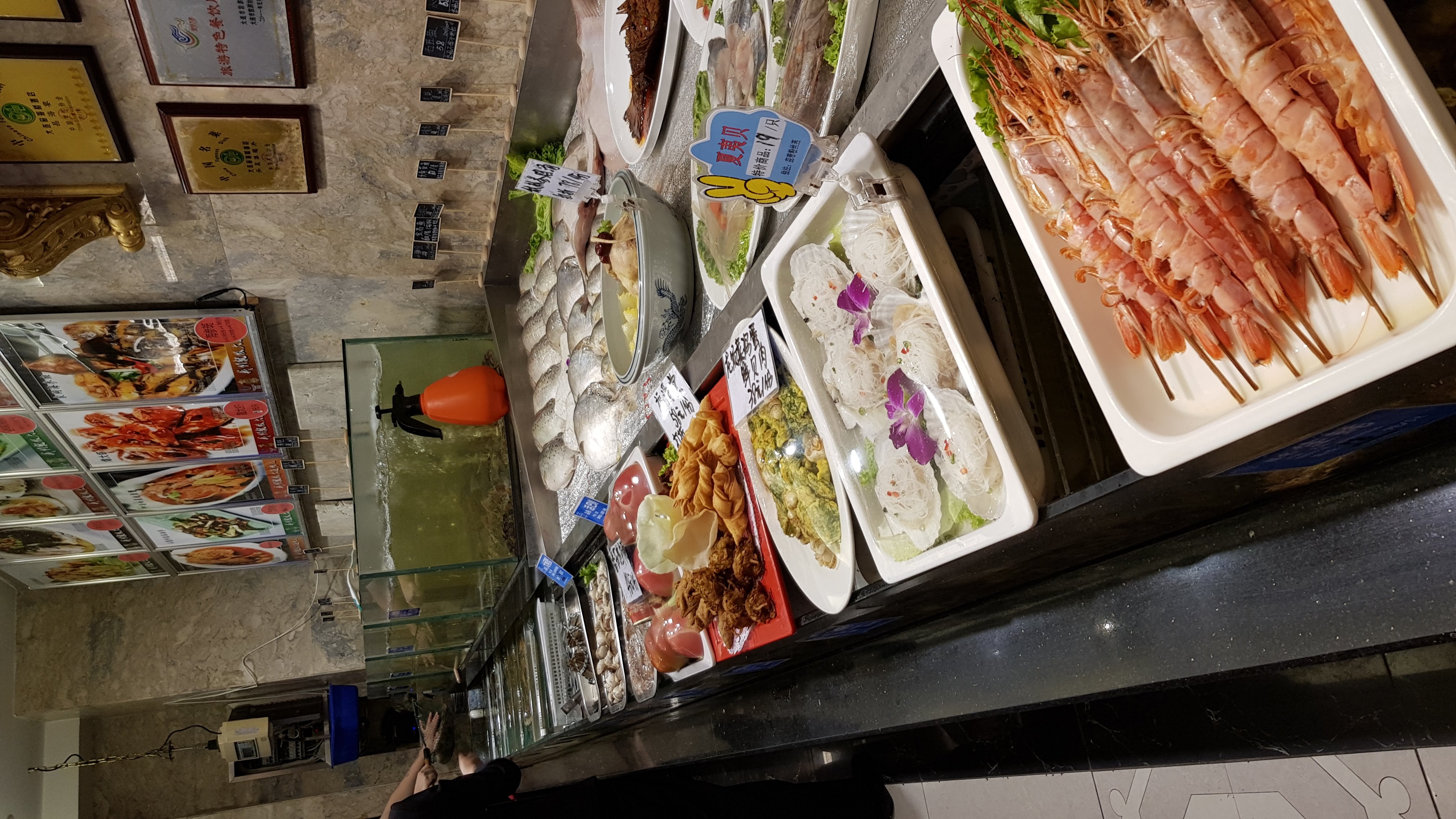
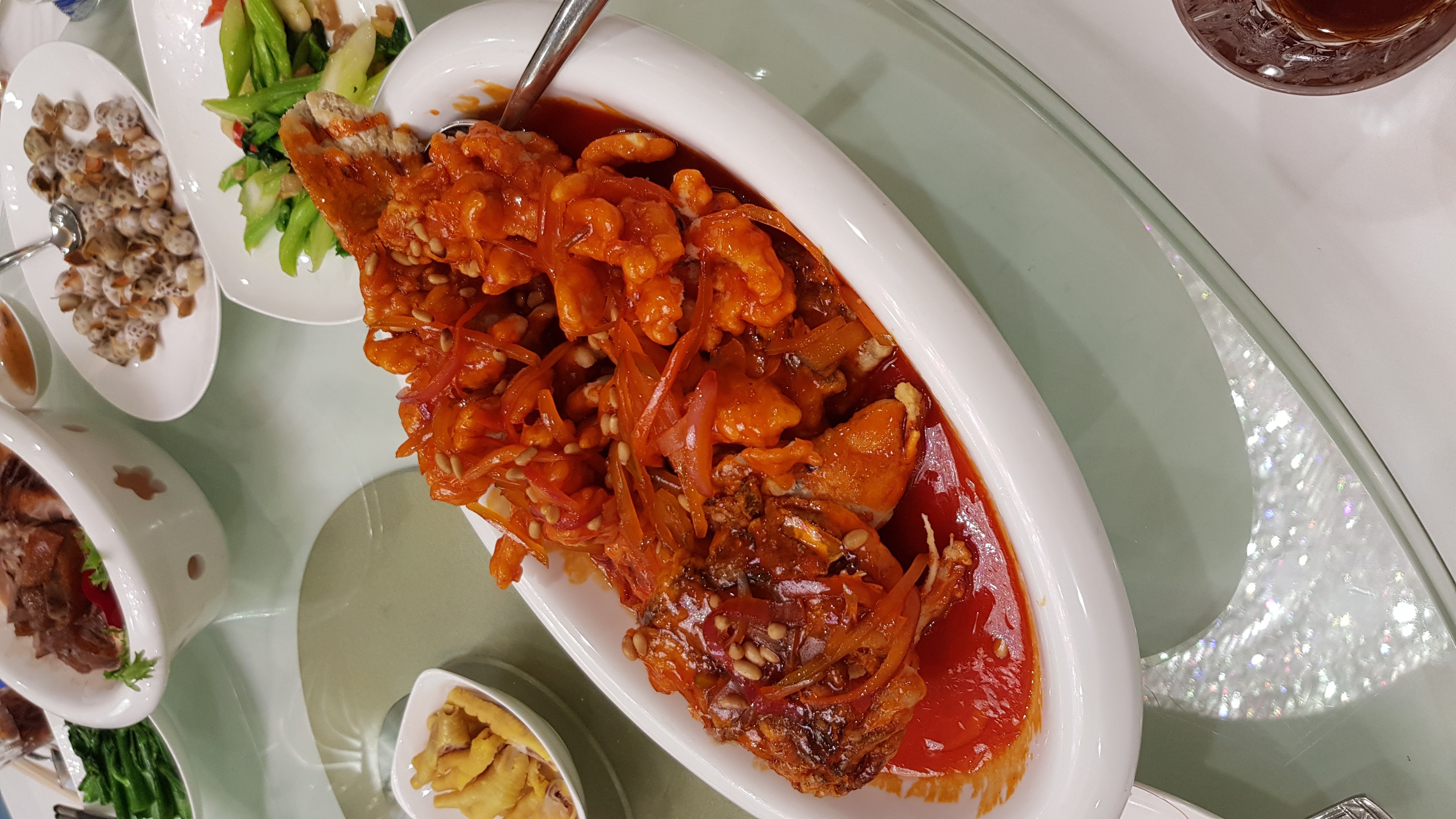
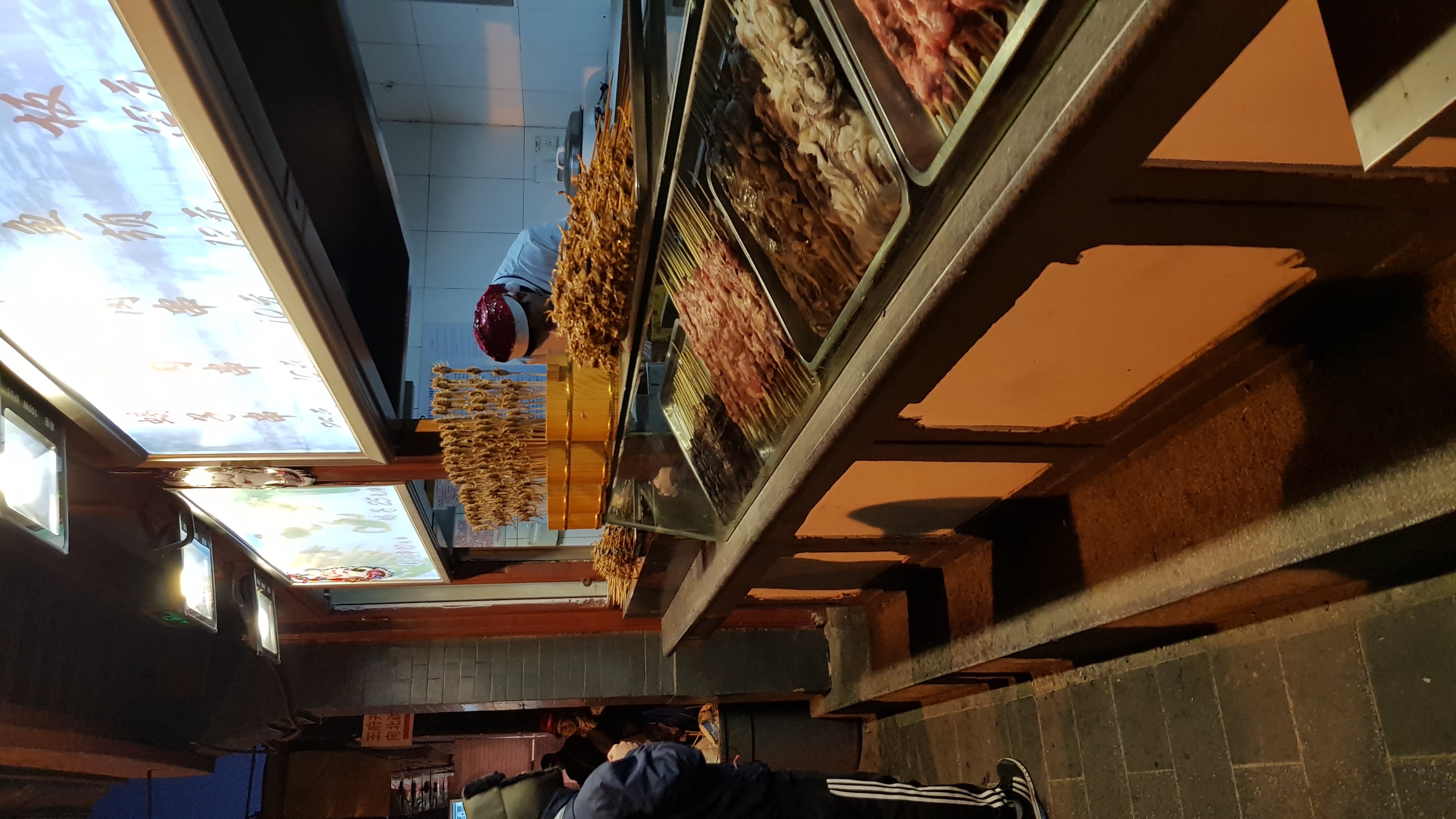
Planning an epic adventure to China? Say goodbye to the hassle of switching to a Chinese phone number! Supercharge your trip with an e-Sim – your ultimate travel companion. Stay connected on the go, choose from flexible data packages, and never worry about finding WiFi again! For all the details and to snag your e-Sim, click here!
Enjoy your meal!
And there you have it – our culinary expedition across China, where flavors, stories, and traditions intertwine to create an unforgettable experience for both your taste buds and your soul. Save this blogpost so that you can revisit the food memories whenever you crave a virtual journey through China’s culinary wonders.
Have you ever traveled to China or tried one of these dishes before? We’d love to hear about your experiences and favorite flavors! Feel free to leave a comment below and share your thoughts, questions, or even your own recommendations. After all, food is a universal language that brings us all together, no matter where we are in the world. Until our next adventure, happy exploring and 慢慢吃 (Màn màn chī) – enjoy your meal!

